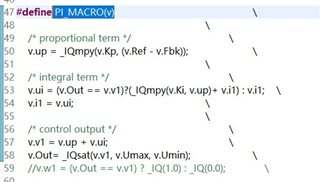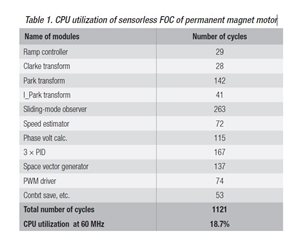-
As for the calculation cycle occupied by PI, the official routine is
-
The occupied calculation time is
- As shown in the figure, a single PI calculation takes a total of 50 calculation cycles. In FPU, the calculation of saturation function takes about 40 calculation cycles. How can this be done?
-
Ask a related question
What is a related question?A related question is a question created from another question. When the related question is created, it will be automatically linked to the original question.



